![eco-friendly water solutions]() It doesn’t matter where we look these days – on a billboard, in the mail, or on television – we are constantly bombarded with messages to reduce waste, stop pollution, drink more water, and save the environment, among others. While some messages may play to current environmental trends, we really can do a lot to preserve this Earth for future generations to enjoy, and we believe it starts with how we interact with water.
It doesn’t matter where we look these days – on a billboard, in the mail, or on television – we are constantly bombarded with messages to reduce waste, stop pollution, drink more water, and save the environment, among others. While some messages may play to current environmental trends, we really can do a lot to preserve this Earth for future generations to enjoy, and we believe it starts with how we interact with water.
Reduce, re-use, recycle.
Many of us have grown up with the 3 R’s of environmental responsibility; reduce, re-use, recycle. But what does that have to do with water? Well, we believe it has a LOT to do with it.
Water conservation
Many areas of the world, including California, suffer from drought at various times throughout the year, making water conservation an important environmental aspect to consider. At the same time, much of California is faced with the pesky reality of hard water, making water softening systems a must-have for most homeowners. Many traditional water softeners, however, are salt-based, discharging large volumes of salt, potassium, and water into septic systems each day. This wastes water and the salt discharge can be harmful to the environment.
So, what is the eco-friendly solution?
One option is using a Portable Exchange (P.E.) Tank Soft Water Service. The water is conditioned off site at a state of the art facility, stored in portable tanks, and transported to your home by a water service technician. Once the tanks are empty, they are returned to the same facility for regeneration and re-use. Not only does this mean less time required by you to maintain a water softener system, it also means that no household water is wasted, and salt discharge is kept out of your septic. Furthermore, the portable exchange tanks do not use electricity, so your utility bill will be reduced, when compared to using a traditional home water softener system.
Drinking water
While water conservation measures are important when it comes to household and commercial water use, most experts agree that the opposite is true when it comes to our own health; we need to use MORE water, in the form of drinking it.
Some research estimates that 4 out of every 10 Americans DON’T drink enough water, and that includes many older adults. Some use the excuse that they don’t like the taste of water, while others say it just isn’t convenient. Thus, the advent of the plastic water bottle – a promise of fresh tasting water that is convenient to take on the go.
It appears that many more Americans are getting the “drink more water” message, as studies show that over half a billion bottles of water are purchased every week in the United States.
While bottled water may be a good solution for getting people to increase their water intake, it has proved to have negative environmental effects. A lot of energy is used in the making of the plastic and the transport of the finished goods, yet most bottles are used only once.
Furthermore, harmful chemicals in the plastic can find their way into the ground when people choose to throw the bottles away instead of recycling them. In fact, about 80% of disposable plastic water bottles never get recycled and instead, end up taking years to decompose in the landfill.
Is there an eco-friendly solution for drinking more water while also protecting the environment?
Drinking water solutions at home
The answer is YES! There’s no reason you can’t have great tasting water and save the Earth too. At home, a great place to start is with a Reverse Osmosis (RO) Drinking Water System. An RO system fits under your sink and provides filtered water through a separate faucet.
![reusable water bottle]() The benefits of a Reverse Osmosis System include a continuous supply of safe, filtered water that is obtained simply by turning on the faucet. Just fill up your cup or re-usable bottle and drink! No need to lug cases of bottled water home from the store, keep them stashed in the pantry, and then cart them to the fridge to get cold. That also means fewer trips to the recycling bin with disposable plastic bottles and less waste making its way to the landfill because of those who don’t recycle.
The benefits of a Reverse Osmosis System include a continuous supply of safe, filtered water that is obtained simply by turning on the faucet. Just fill up your cup or re-usable bottle and drink! No need to lug cases of bottled water home from the store, keep them stashed in the pantry, and then cart them to the fridge to get cold. That also means fewer trips to the recycling bin with disposable plastic bottles and less waste making its way to the landfill because of those who don’t recycle.
Water filtered through an RO system also tastes great, making it easy to drink on its own. There is also the added benefit of improving the taste of your coffee, tea, juice, oatmeal, or any other food prepared with water.
Drinking water at work or on the go
So, what if you don’t stay at home all the time? Is there still a way to drink more, fresh, great-tasting water when you go to work or go out to run errands? Of course! The answer is a convenient water cooler, perfect for home or on the job.
If you have a Reverse Osmosis system at your tap, you can always fill your travel mug or bottle with great tasting water to go, but if you don’t, a water cooler will provide the same convenience. In fact, contrary to what the name might imply, a water cooler can also provide hot water at the flip of a switch, making it an easy solution to make tea or instant coffee to enjoy now or later. Water coolers are available for both home and office use and are maintained for a low monthly fee that still allows you to save money over using bottled water.
Environmental responsibility starts with YOU
As you can see, there are ways that each of us can get the water we want and need, and still be environmentally responsible. Contact us today to get the eco-friendly water solution that makes the most sense for you.
 Reports show that there are currently about 50,000 marijuana farms in the state of California. Not all of these farms are legal or following the regulations and guidelines set forth by the state to protect the groundwater and public health. In fact, only about 16,000 are predicted to apply for growing licenses next year! When farmers don’t follow proper growing procedures or use banned pesticides on their crops, it can affect the quality of our
Reports show that there are currently about 50,000 marijuana farms in the state of California. Not all of these farms are legal or following the regulations and guidelines set forth by the state to protect the groundwater and public health. In fact, only about 16,000 are predicted to apply for growing licenses next year! When farmers don’t follow proper growing procedures or use banned pesticides on their crops, it can affect the quality of our  When you’re a homeowner, you’re often concerned about the quality of your
When you’re a homeowner, you’re often concerned about the quality of your  The flu season this year has been unbelievable! The CDC reported that there have been almost 28,000 hospitalizations already this flu season – and that’s only the ones who actually went to the hospital with flu symptoms!
The flu season this year has been unbelievable! The CDC reported that there have been almost 28,000 hospitalizations already this flu season – and that’s only the ones who actually went to the hospital with flu symptoms! Do you have hard water? Are you wondering if you should do something about it? Well, before you make a decision about whether or not to treat it, we want to make sure you are armed with plenty of information first.
Do you have hard water? Are you wondering if you should do something about it? Well, before you make a decision about whether or not to treat it, we want to make sure you are armed with plenty of information first.

 It doesn’t matter where we look these days – on a billboard, in the mail, or on television – we are constantly bombarded with messages to reduce waste, stop pollution,
It doesn’t matter where we look these days – on a billboard, in the mail, or on television – we are constantly bombarded with messages to reduce waste, stop pollution,  The benefits of a Reverse Osmosis System include a continuous supply of safe, filtered water that is obtained simply by turning on the faucet. Just fill up your cup or re-usable bottle and drink! No need to lug cases of bottled water home from the store, keep them stashed in the pantry, and then cart them to the fridge to get cold. That also means fewer trips to the recycling bin with disposable plastic bottles and less waste making its way to the landfill because of those who don’t recycle.
The benefits of a Reverse Osmosis System include a continuous supply of safe, filtered water that is obtained simply by turning on the faucet. Just fill up your cup or re-usable bottle and drink! No need to lug cases of bottled water home from the store, keep them stashed in the pantry, and then cart them to the fridge to get cold. That also means fewer trips to the recycling bin with disposable plastic bottles and less waste making its way to the landfill because of those who don’t recycle. August is National Water Quality Month, so it’s a prime time to think about where our
August is National Water Quality Month, so it’s a prime time to think about where our 
 With California battling some of the worst wildfires right now, it is important to be aware of the many aspects of everyday life that they will affect. Right now, we are concerned about the loss that so many residents are facing; loss of homes, loss of land and even loss of life. And while they are seemingly common here in California, their impact is lasting and we want everyone to know how the future of
With California battling some of the worst wildfires right now, it is important to be aware of the many aspects of everyday life that they will affect. Right now, we are concerned about the loss that so many residents are facing; loss of homes, loss of land and even loss of life. And while they are seemingly common here in California, their impact is lasting and we want everyone to know how the future of 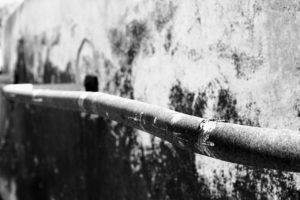 Lead in drinking water has made the news much more frequently and it hasn’t been for good reasons. Lead can have some devastating effects on the water and in the community. The one positive that comes out of all of these stories, however, is increased public awareness and the desire to protect your household’s drinking water from lead contamination.
Lead in drinking water has made the news much more frequently and it hasn’t been for good reasons. Lead can have some devastating effects on the water and in the community. The one positive that comes out of all of these stories, however, is increased public awareness and the desire to protect your household’s drinking water from lead contamination. These days, we are all pretty familiar with the topic of
These days, we are all pretty familiar with the topic of  As the heat continues to rise, there’s really no place to be like a pool, lake, beach or the water, splashing around to cool off. Sometimes, we overlook who is confident in their swimming abilities, especially when it comes to children. For others, it can be a very frightening thought when it comes to children swimming. We usually talk about tips for
As the heat continues to rise, there’s really no place to be like a pool, lake, beach or the water, splashing around to cool off. Sometimes, we overlook who is confident in their swimming abilities, especially when it comes to children. For others, it can be a very frightening thought when it comes to children swimming. We usually talk about tips for 
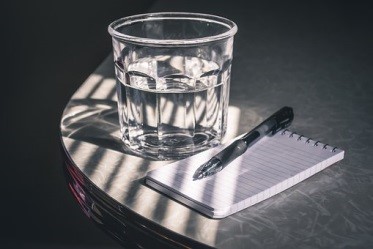
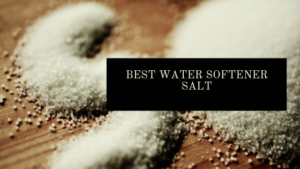
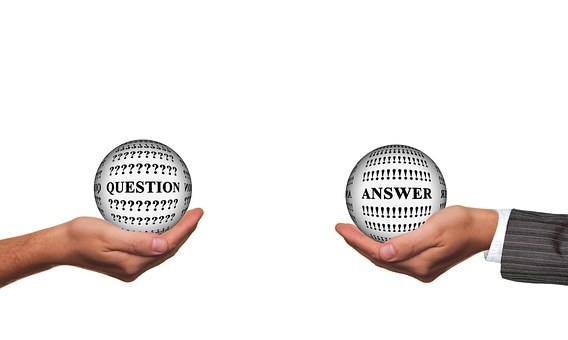 Who wants the truth, the whole truth, and nothing but the truth? We all do! Sometimes we get confused, however, when we read or hear of different opinions, “new” facts, and the latest trends. It happens all the time in the water treatment industry, and we’d like to clear up a few misconceptions. Here are some of the most
Who wants the truth, the whole truth, and nothing but the truth? We all do! Sometimes we get confused, however, when we read or hear of different opinions, “new” facts, and the latest trends. It happens all the time in the water treatment industry, and we’d like to clear up a few misconceptions. Here are some of the most 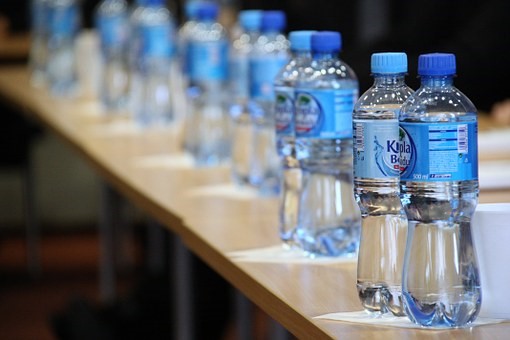
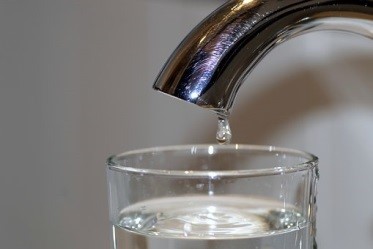 You’ve probably heard the old saying “you are what you eat.” It seems logical – eat fattening foods, you get fat. Eat healthy foods, you get healthy … simple enough. Here’s another saying that’s true … “you are what you drink.” Drink clean, safe water and you get or stay healthy. Drink contaminated water, and you get … well, contaminated!
You’ve probably heard the old saying “you are what you eat.” It seems logical – eat fattening foods, you get fat. Eat healthy foods, you get healthy … simple enough. Here’s another saying that’s true … “you are what you drink.” Drink clean, safe water and you get or stay healthy. Drink contaminated water, and you get … well, contaminated!







